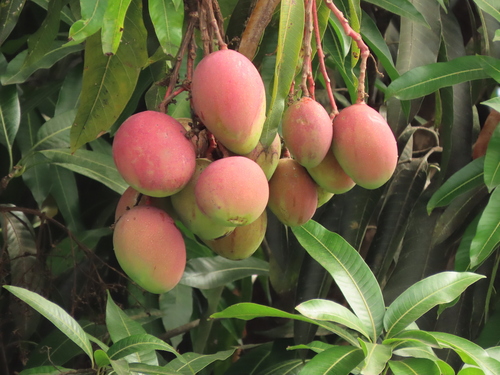About Staghorn Sumac
A deciduous shrub or small tree known for its velvety branches and striking red fall foliage.
Care Requirements
Water Needs
every 7–10 days during active growth, less frequently in winter
Water thoroughly but infrequently; ensure soil dries slightly between waterings;...Light Requirements
Full sun to partial shade
Full sun (6–8 hours of direct sunlight daily); tolerates partial shade but may...Care Level
Easy
moderateSoil Requirements
well-drained, loamy soil with moderate fertility
Ensure good drainage; amend with organic matter if soil is poor; avoid compacted...Temperature Needs
Hardy in USDA zones 3–8; tolerates cold temperatures down to -30°F (-34°C); prefers moderate summer temperatures but can withstand heat.
Protect from extreme cold in early spring; water during heatwaves; mulch to buff...Common Problems & Solutions
Yellow Leaves
Yellow leaves in Rhus typhina can indicate nutrient deficiencies, such as iron chlorosis, or be a re...
Diagnose & FixWilting
Wilting in Rhus typhina is often a sign of water stress, either due to insufficient watering or root...
Diagnose & FixComplete Care Guides
How to Propagate
Stem cuttings or division of suckers; seeds can also be used but require stratification....
Best Time: Late spring or early summer for cuttings; early spring for division; fall for seeds (with stratification).
Full Propagation GuideHow to Prune
Use clean cuts just above outward-facing buds; remove crossing or crowded branches; thin out dense g...
Frequency: Annually in late winter or early spring; light pruning can be done after flowering if needed.
Full Pruning GuideHow to Repot
Gently remove the plant; trim any circling roots; place in a new pot with fresh, well-draining soil;...
Best Season: Early spring before new growth begins; avoid repotting during extreme weather.
Full Repotting GuideHow to Fertilize
Use a balanced, slow-release fertilizer in early spring; avoid over-fertilizing, as Rhus typhina is ...
Frequency: annually in early spring with a balanced slow-release fertilizer
Full Fertilizing GuideFrequently Asked Questions
Q: Is Staghorn Sumac toxic?
A: No, Staghorn Sumac is non-toxic to humans, dogs, and cats.
Read Full AnswerQ: Does Staghorn Sumac require much maintenance?
A: No, it is a low-maintenance plant that thrives in various conditions.
Read Full AnswerQ: Does Staghorn Sumac attract wildlife?
A: Yes, it is known to attract bees, butterflies, and birds.
Read Full AnswerSimilar Plants


